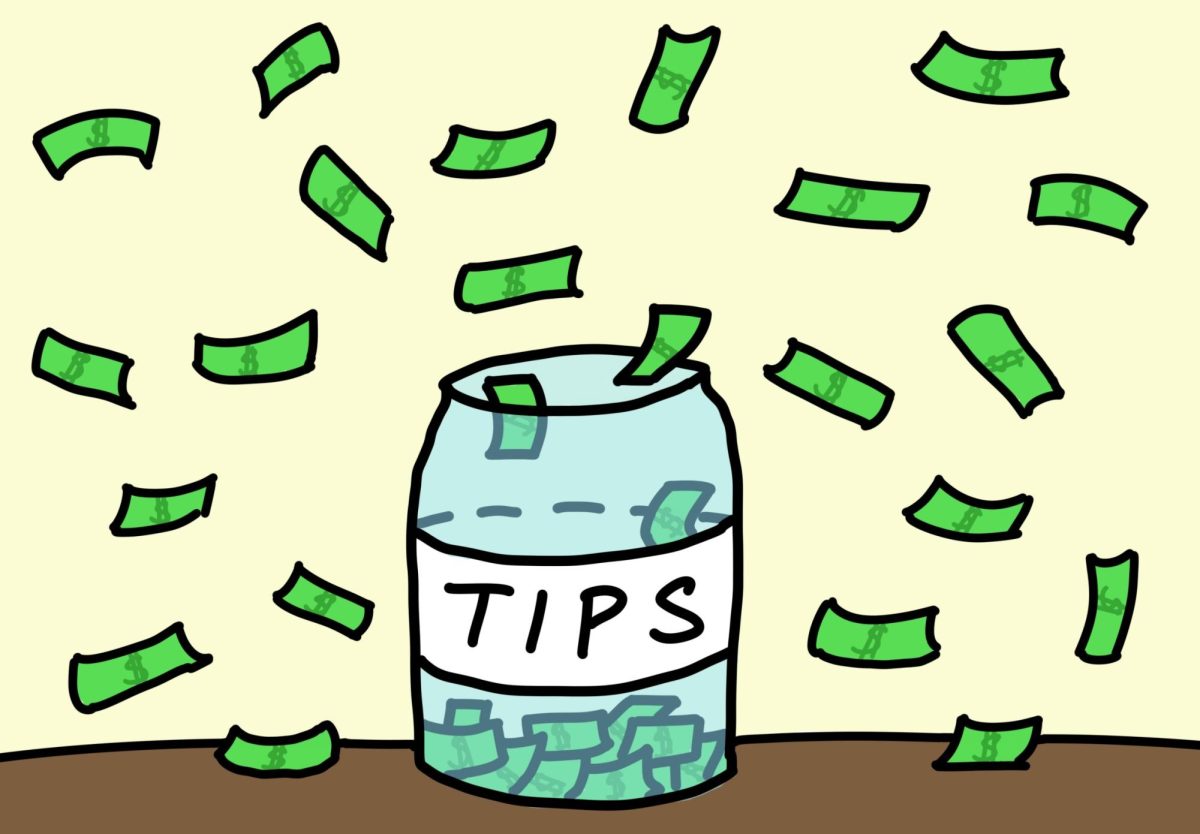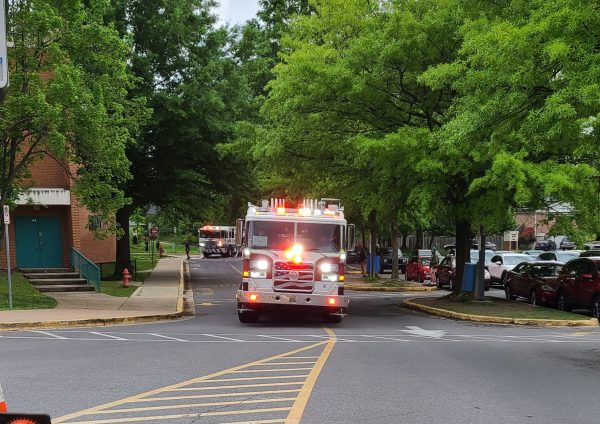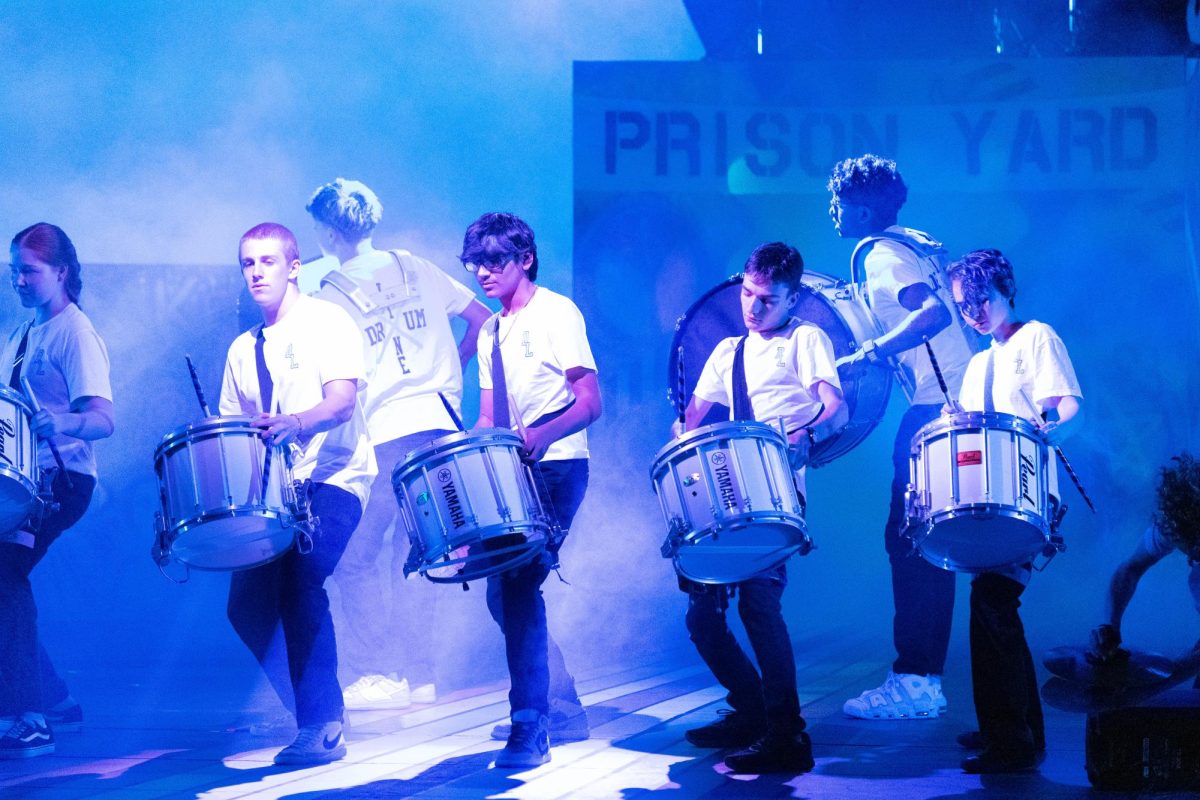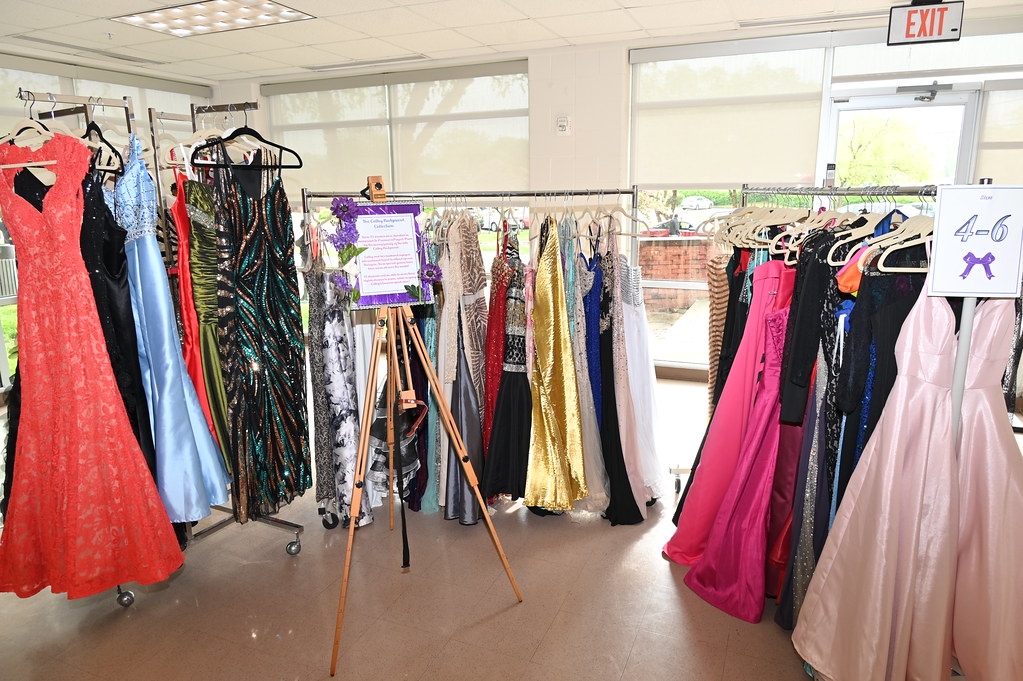
For ages students have been passing notes during class, whispering each other answers and looking at the tests of the kids next to them. In the modern classroom though, these distractions and temptations are becoming more hi-tech.
One junior says that he has taken pictures of tests, saved notes on his phone and even looked up answers on the Internet in the middle of a test.
“When all of the answers are just sitting in your pocket, it’s hard not to utilize them,” he says.
On the other hand, technological innovations have improved the classroom experience in many ways. Promethean boards have made the classroom more interactive, and Edline enables teachers to post lecture notes online. As a result, teachers now struggle to balance the positives and negatives of new technology.
Professors around the country are prohibiting laptops in the classroom, as they say it’s more of a harm than a benefit. Schools like Georgetown, the University of Virginia and William and Mary have all banned laptop use in certain classes.
While most Whitman students don’t bring laptops to class, the average student still has a number of other technological distractions that take his or her attention away from instruction.
The now widespread use of smartphones is a majority of the problem, giving students the ability to browse the web, play games and even check Facebook during class. A senior says that he has watched sports games on his Blackberry, and frequently checks scores. Another junior girl says she checks her e-mail habitually in school.
One senior says that texting in class is so commonplace, he doesn’t even feel like he’s breaking a rule anymore.
“Everyone texts in class,” he says. “I also play games when the class gets really boring.”
However, math teacher David Paulson finds students’ abuse of technology disrespectful to teachers.
“Students constantly text in class,” he says. “It’s incredibly distracting. But also, you’re just not supposed to do certain things. I even have students using their iPods while I’m teaching. It’s just obnoxious.”
While teachers and students try to find a balance between the use and abuse of technology, its many advantages are hard to ignore.
Math teacher Susan Wildstrom uses her Promethean board to display graphs and compute complex problems. While she acknowledged that some students now forgo handwritten notes in favor of simply getting them off Edline, she still thinks that the advantages far outweigh the disadvantages.
“When technology is used correctly—as a tool and not in place of understanding or learning—it’s an enormous aid to understanding,” she says “The speed with which technology can make graphs visible, the ability for us to vary one value or variable and immediately see how it affects the graphic, can foster deep understanding and learning.”
Some students view Promethean boards as an addition that streamlines the classroom.
“I think [they] have improved my classroom experience because everything is more efficient,” junior Rafaela Izuneta says. “If you want to show something to the class, for example, you don’t have to hook up the computer to the television. It’s a time-saver.”
While Promthean boards are beneficial, many students admit to using other forms of technology as a cheating aid. Students look up answers on their iPhones, take pictures of tests and program formulas into their calculators.
Over one-third of high school students use their cell phones to cheat, according to a recent survey by Common Sense Media. Principal Alan Goodwin is particularly concerned with the cheating opportunities cell phones create.
“That’s where I don’t like the use of these devices-when they can be used to cheat,” he says.
Goodwin also noted that it’s hard for the school to fix such a widespread problem, but that the administration is looking for solutions.
One teacher who has experienced success in combating the problem of technology misuse is social studies teacher Courtney Osborne. Osborne says she is incredibly strict with phones, and has even put up several “no cell phones” signs in her classroom.
“For the most part students are pretty good now, but they know that my classroom is a ‘not’ zone. They know that I find it to be disrespectful.”
While many teachers work hard to combat the cell phone problem, the junior boy says that the policy remains relaxed.
“There is no rule change they can implement to stop anything that is already happening,” he says. “The way to prevent the abuse would be to have all kids turn their cell phones in at the beginning of class, and I really just don’t see that happening.”











